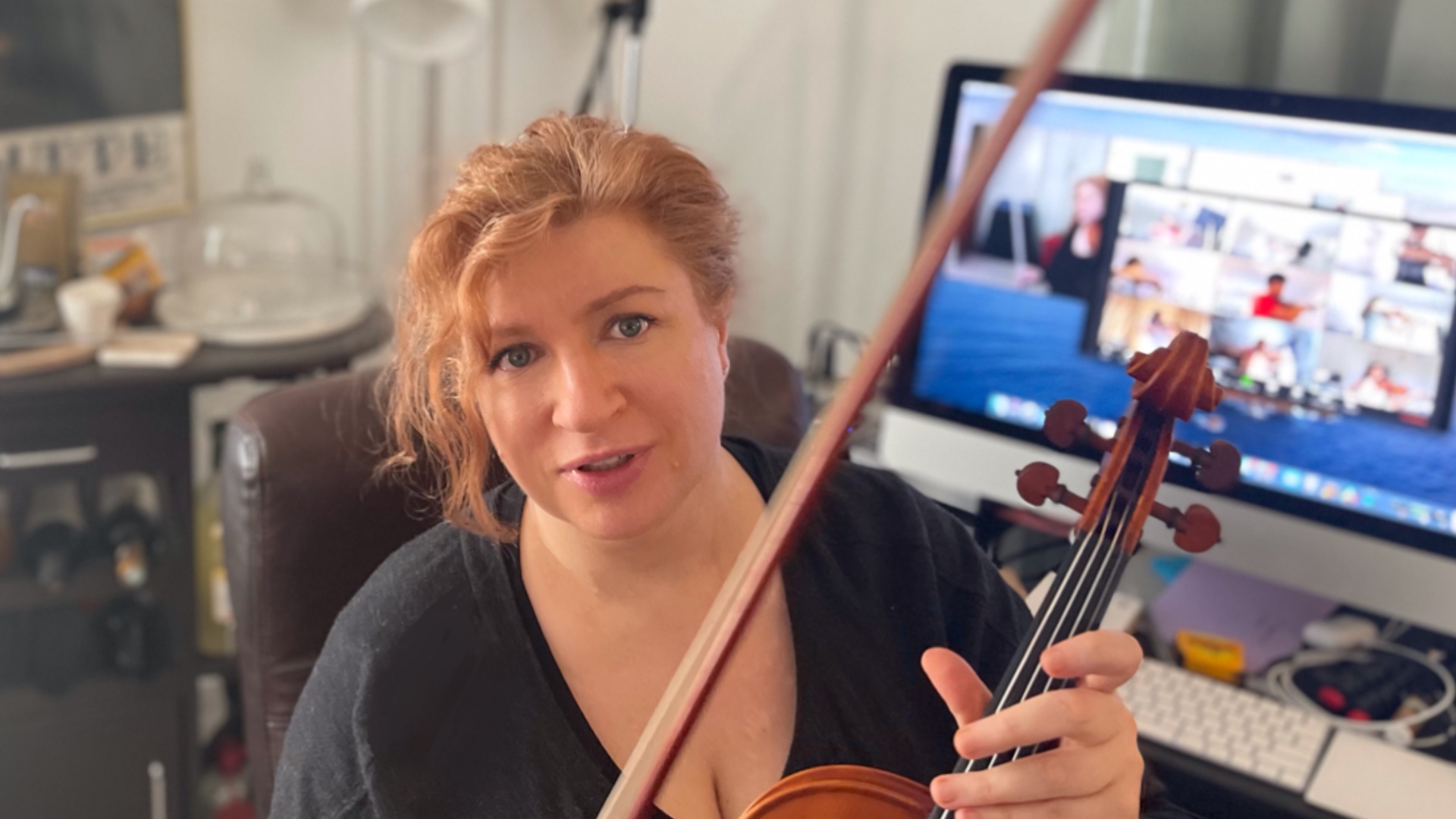
I have been playing and teaching violin and viola for most of my life, and on a daily basis interact with players of all ages and levels. Frequently situations arise where a student or a colleague needs assistance or advice. Many questions and issues are very specific and need individual approach, but at least a few times a week I find myself responding to concerns which I feel may be more universal in nature. Because of that I decided to start a blog in the hopes that this information will reach someone who needs it and will provide an additional point of view to consider, or possibly a solution!
I hope you will find this blog useful and I look forward to hearing from you!
Throughout my career I’ve been fortunate to work with wonderful violin and viola students of all ages and levels! From teaching those just starting out as kids or adults in my private studio, to working with players who are in the early stages of their musical careers when they were studying at the Juilliard School and Mannes College of Music among others, to helping out professionals looking to alter their technique or recovering after an injury, I am always inspired by seeing students’ playing evolve, as they gain greater insights into the musical and technical aspects of playing, and develop a more meaningful connection to music.
In all this time one of the facets of learning to play violin that has interested me is Motivation, not just to start learning, but to continue playing for years to come, especially among young beginners who start between the ages of 4 and 10. With a variety of teaching methods and many wonderful and dedicated educators who work with this age group of kids, I still heard time and again from my students and their parents that among their peers half, if not more, quit playing after less then a year. Of course many factors contribute to that, but one thing kept coming up: after the initial excitement wore off, students who stopped playing violin felt unmotivated and didn’t want to practice.
The reality is that the motor skills involved in producing a beautiful tone on the violin take time to develop. For a child the process of acquiring these skills can be especially tough. In the early stages and with younger players it is crucial for parents and teachers to be able to recognize when child starts feeling frustrated, and to have tools at their disposal to help a child regain their excitement and continue to learn and improve.
Here are my go-to strategies which I use during lessons and encourage parents to use when they practice at home with their children:
Variety: in working with young students in addition to playing violin I make sure to spend time on singing, clapping rhythms, interval recognition, physical motions involved in playing violin but without holding the bow or the instrument.
Anticipation: there is always a “treat”: maybe a song they’d like to learn or a particular task they enjoy during lessons. I remember having a few students that actually loved working on music theory during portions of their lessons, and so that was their special “treat”. “My First Violin Solos” books and digital supplements, described later in the post, were in part inspired by this approach.
Timing: When it comes to practicing at home most of the time consideration starts with when a child and parents are actually able to work together. Often the practice session becomes part of a daily to-do and over time can turn into a chore instead of a productive time spent learning and improving. A few keys to preventing the “chore” effect are: trying to find times when both, the child and the parent have the energy to practice; being willing to stop without covering all that was planned, or continuing to go if a child is up for doing more; related to prior part, not defining a specific time frame as a must do amount of practice, but rather for the parent to leave a window of time for the practice session which will be 10 to 15 minutes greater then a typical practice session duration.
Positivity: it is crucial to for a parent and a teacher to encourage a child when they are at the lesson or practicing at home, and making sure that a child understands that something that is not working out can be improved with a combination of problem identification, problem solving and thoughtful repetition. Asking questions, thinking about the causes of something get the child away from feeling bad about how something sounds to feeling in control of making something better.
In my own studio, when I’d notice that a student seemed to be losing motivation, one of my go-to strategies many years ago was to supplement various method books with songs I illustrated with cute drawings and characters. I was always thrilled to see kids’ eyes light up when I would take one of these songs out, how excited they were to practice these pieces in particular, and how eagerly they anticipated when the next illustrated song would be used in the lessons. In fact, since the illustrated songs were among easier to play, they’d quickly outgrow the level of these pieces, and subsequently, when playing Vivaldi A Minor would ask if I could illustrate songs that were more difficult! I continued to use these illustrated songs with kids who were just starting out, and always wanted to someday create a book, adding supplemental animated videos, piano accompaniments, and harmony arrangements to play during lessons and practice sessions with friends or family members.
Around April of this year, feeling inspired by hearing about the upcoming Cherry Blossom festivals in the US and Japan, I began to illustrate “Sakura”. As I was working on the drawings I decided that I was going to go through with creating the book and videos and all other materials that became part of this series. I combined the songs I’ve taught in past, created a cohesive story line, added some new songs to the mix, and got to work.
After spending the past months on these creations, it is my pleasure to present to you “My First Violin Solos” books and supplemental materials! You can get a free sample at violinforbeginners.net and Individual Books are available in Digital or Paperback formats. There are also 2 different digital bundles, which include the Books in PDF format, along with Videos and Audio Tracks.
Check out VIOLIN FOR BEGINNERS WEBSITE and get to know more about the Violin for Beginners digital tools and and paperback books.
Enjoy your musical journey and I look forward to hearing from you!
Victoria
As the audition requirements for local NAfME chapters are being posted, along with providing information for my students on specific requirements, I wanted to share some of the most effective preparation tips for these auditions. Although these suggestions are specific to local county and district requirements, many of these strategies are useful for most audition situation.
Our local District audition is scheduled for December 10, 2022. While it may seem a long way away, getting an early start will help pace preparation, leading to a more musically expressive and technically confident performance. Specific links, videos and PDF files are located at the end of this post.
Preparation tips:
I hope you will find this information helpful as you prepare for upcoming auditions!
Victoria
For the start of the school year, check if you have enough rosin and if your bow may need a change of hair.
Check your instrument for open seams and cracks, and for the shape of the bridge: is it leaning, warped, is your E string for violin or A string for viola embedded into the bridge? If adjustment or repairs are needed, set up an appointment with a luthier.
Thoroughly clean your strings, or, if needed, get a new set of strings.
If you took time off during the summer, set up a “getting back in shape” routine, which, in addition to helping you get back to playing, is designed to avoid injury.
Create a goal/concert/project/audition/competition timeline for the school year and schedule a series of preparation milestones for each event.
Have a great September and a wonderful start to the School Year!
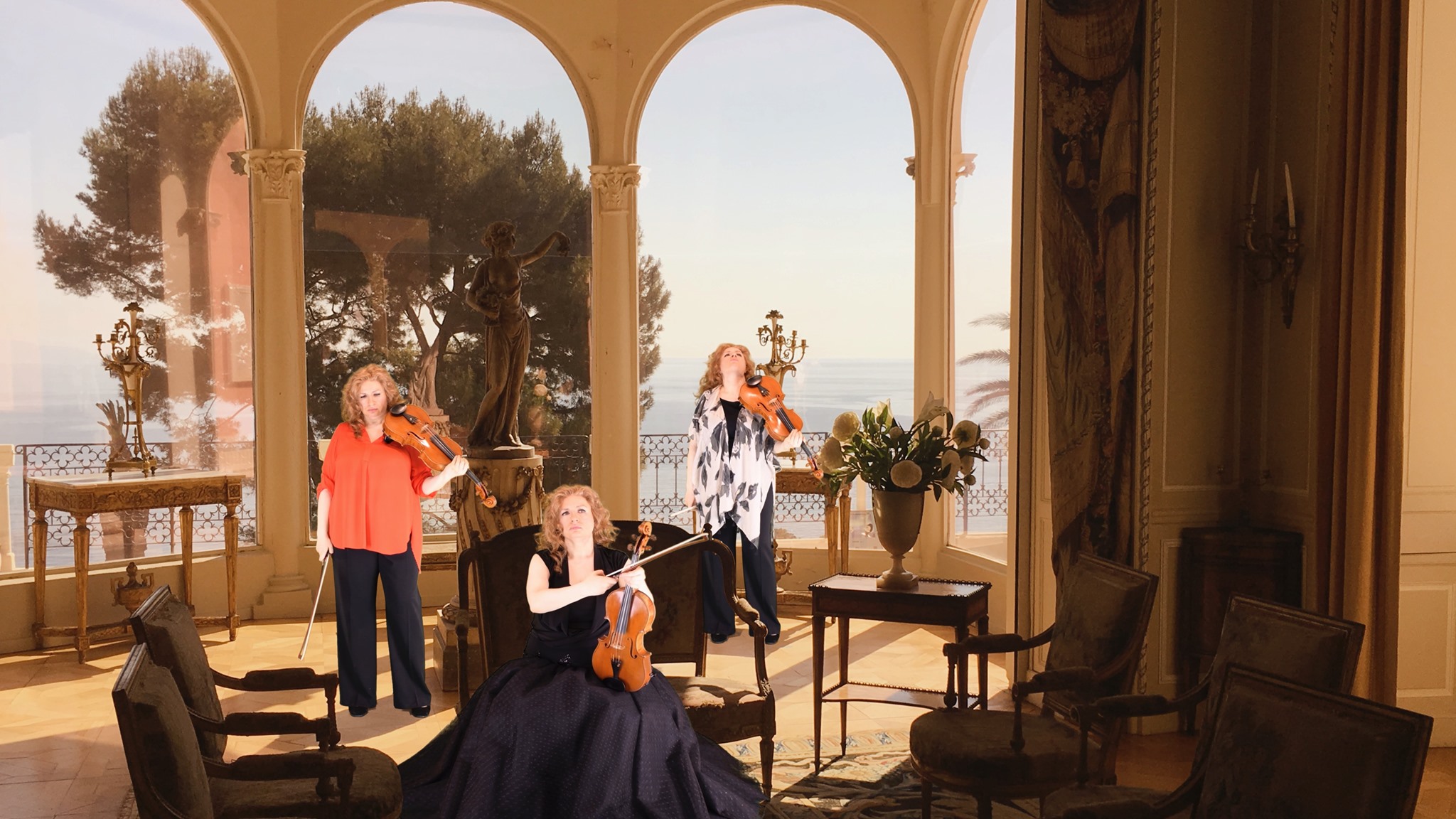
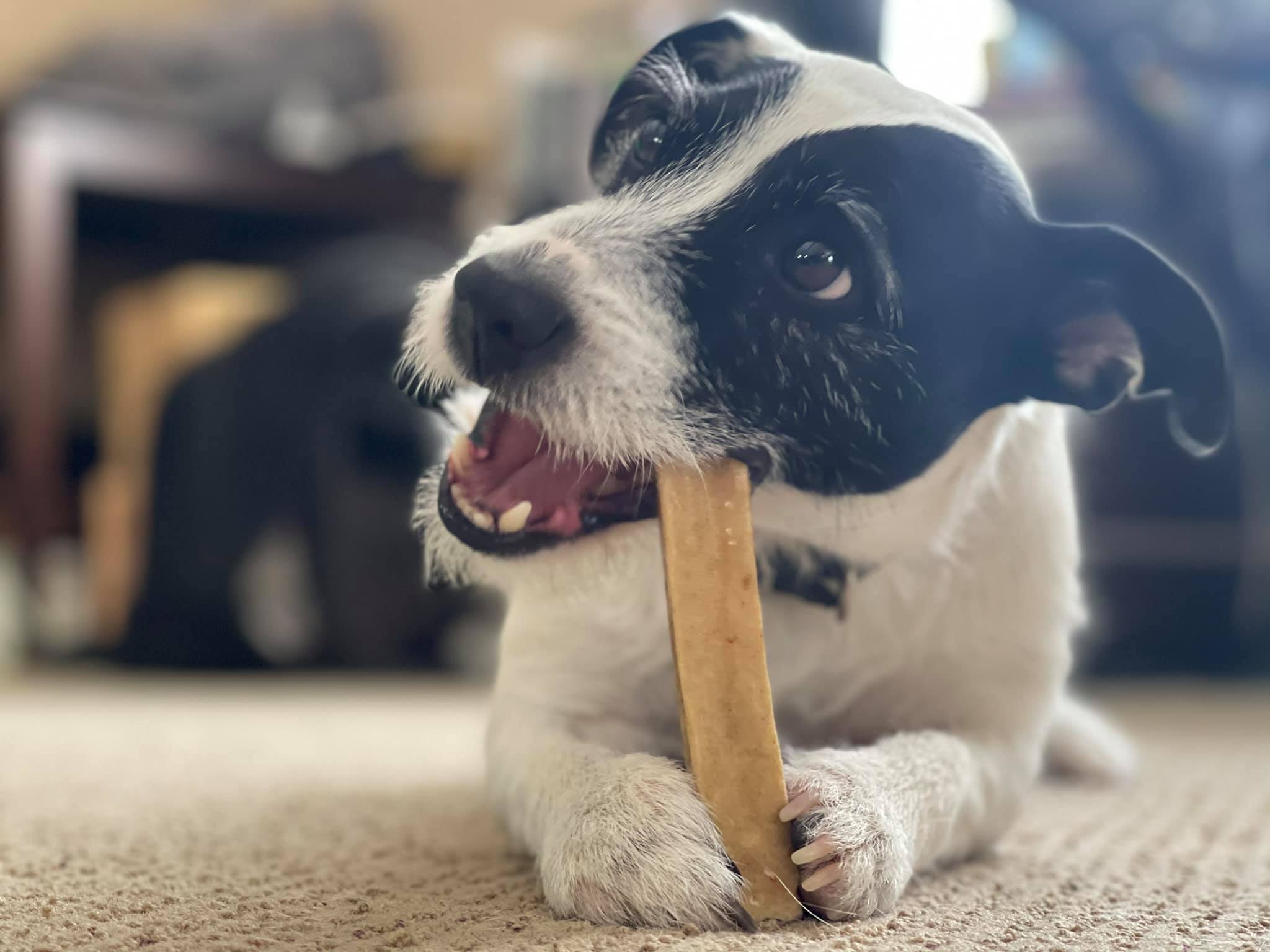
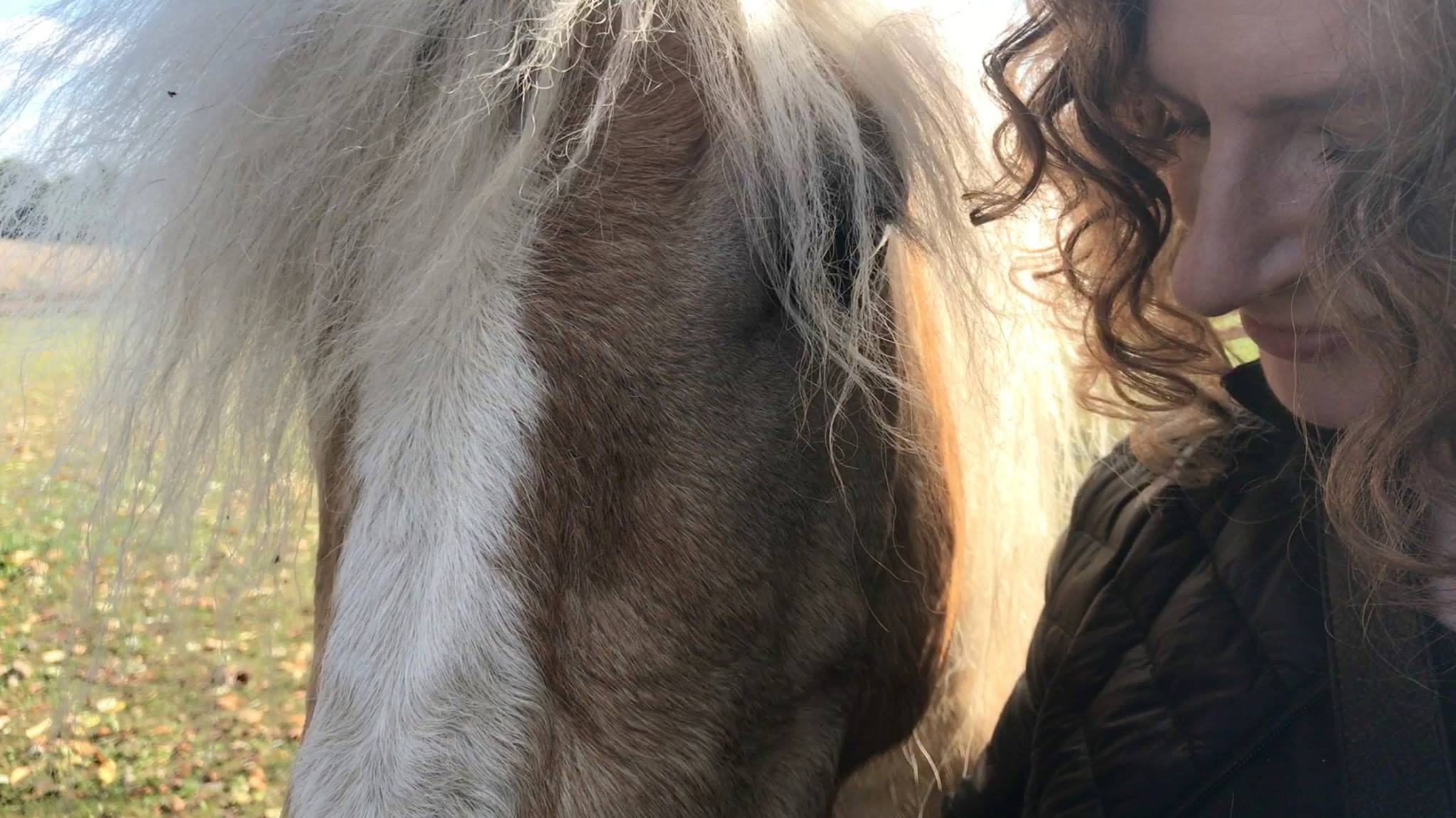
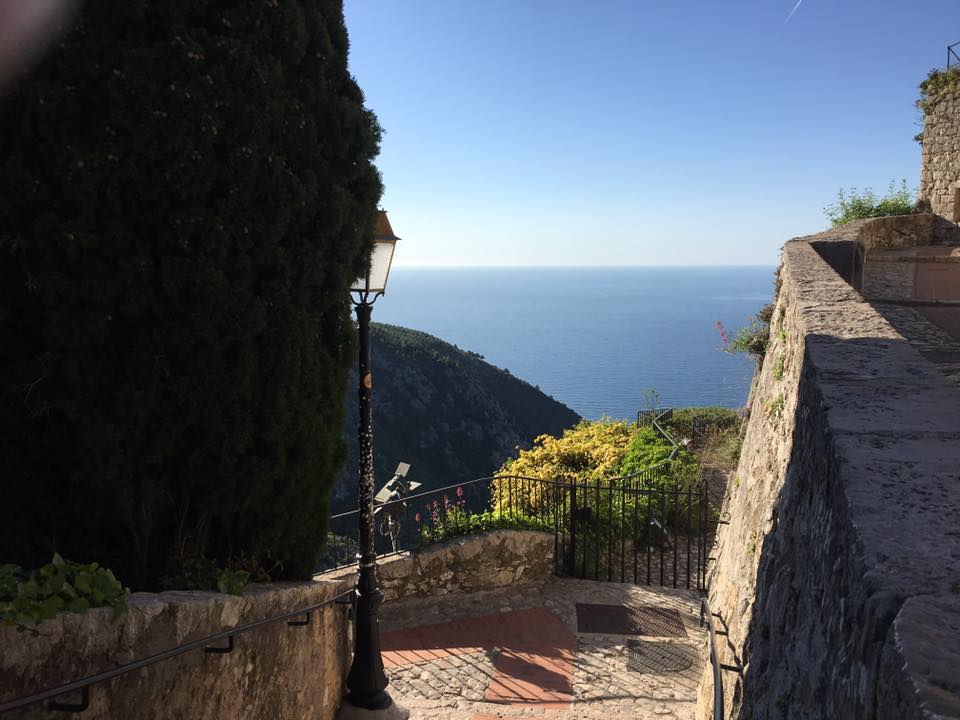
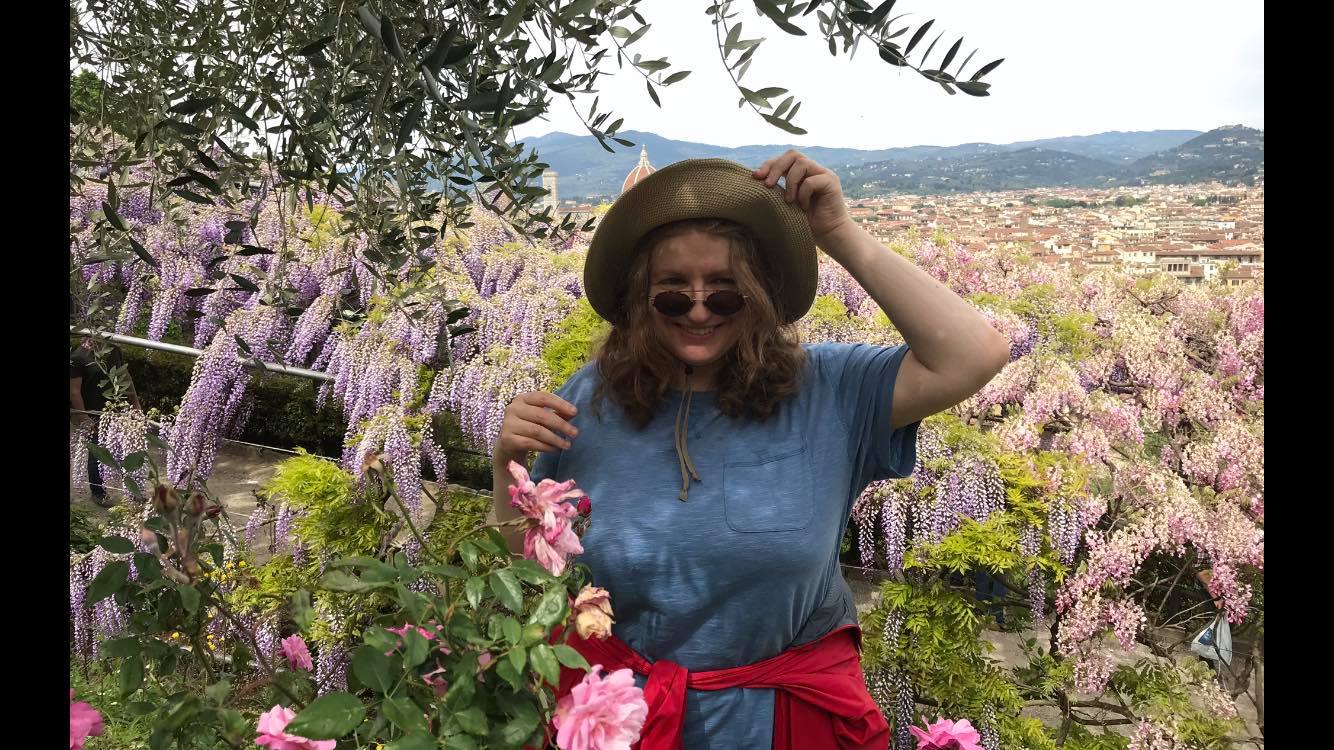
Enter your e-mail below and get notified on the latest blog posts.